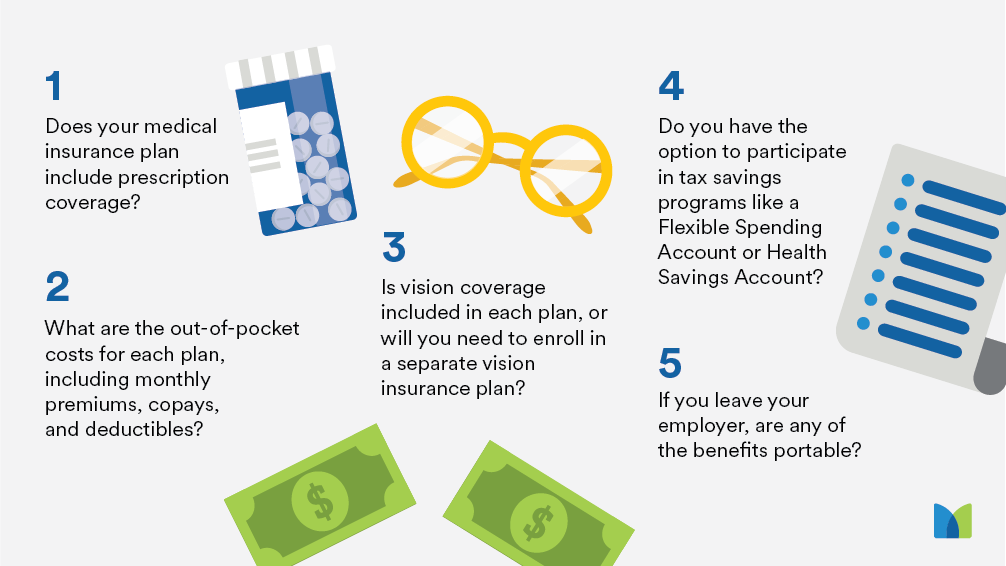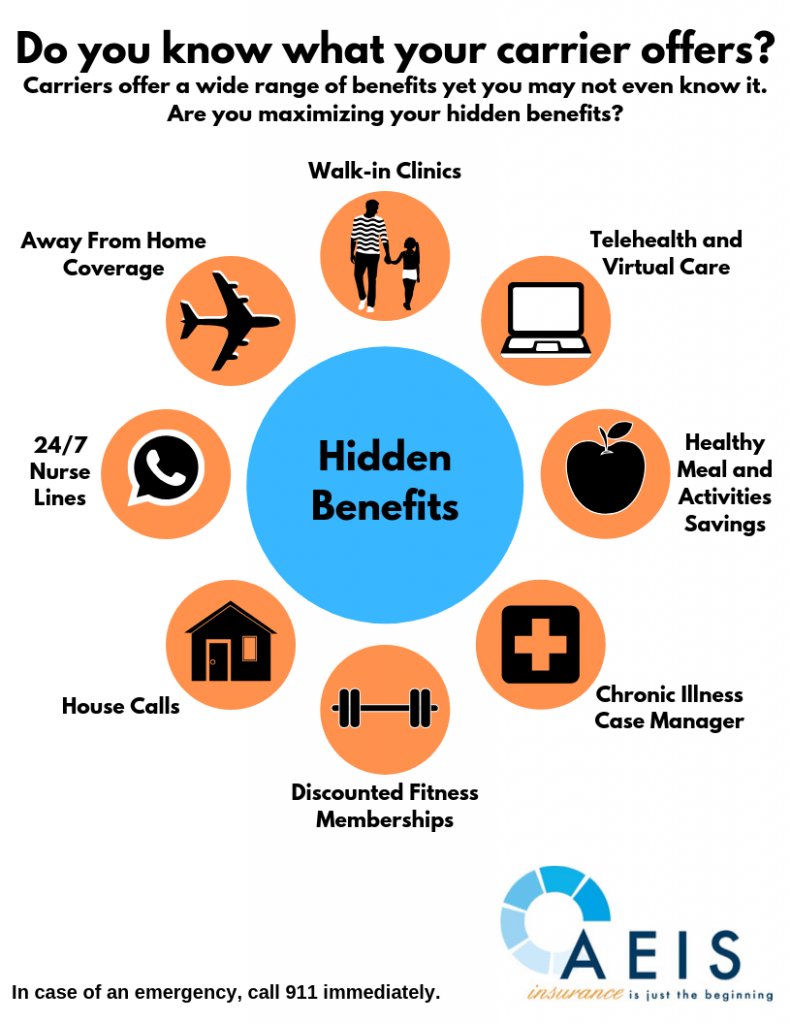Getting My Medicare Advantage Agent To Work
Getting My Medicare Advantage Agent To Work
Blog Article
What Does Medicare Advantage Agent Do?
Table of ContentsMedicare Advantage Agent Things To Know Before You Get ThisMedicare Advantage Agent Fundamentals ExplainedSome Known Facts About Medicare Advantage Agent.

follows from complies with the puzzling young fairly profile of account uninsured with the better healthFar better health and wellness average, standard younger personsMore youthful For those without accessibility to work environment wellness insurance policy, bad health and wellness is a prospective barrier to purchasing nongroup insurance coverage due to the fact that such insurance coverage might be highly priced, omit pre-existing problems, or be just inaccessible. Unless otherwise noted, national quotes of individuals without health insurance policy and proportions of the populace with various kinds of coverage are based on the CPS, the most widely made use of source of estimates of insurance protection and uninsurance rates.

The 8-Minute Rule for Medicare Advantage Agent
The partnership between health and wellness insurance policy and access to care is well developed, as recorded later on in this chapter. The connection in between health insurance coverage and health and wellness results is neither straight neither straightforward, a substantial scientific and health services research literary works links health insurance policy protection
to improved access accessibility care, better qualityHigh quality and improved personal and population populace wellness. The 2nd report, on personal wellness outcomes for uninsured grownups, is stood for by the inner circle of the figure, while the 3rd record, on family well-being, encompasses the topics of the 2nd report yet highlights a different system of evaluation, specifically, the family.
It concentrates especially on those without any kind of wellness insurance for any kind of size of time. The problems encountered by the underinsured remain in some areas comparable to those dealt with by the uninsured, although they are generally less severe. Uninsurance and underinsurance, however, include clearly different policy issues, and the techniques for resolving them might differ. Throughout this research study and the 5 reports to follow, the primary emphasis is on individuals with no wellness insurance policy and hence no support in paying for healthcare past what is available through charity and security internet establishments. Medical insurance is an effective aspect affecting receipt of care because both clients and physicians react to the out-of-pocket cost of solutions. Health insurance, nonetheless, is neither required nor adequate to get to medical services. However, the independent and direct result of health and wellness
insurance policy coverage on accessibility to health and wellness services is well established. Others will certainly get the healthcare they need even without medical insurance, by paying for it out of pocket or seeking it from suppliers that use treatment complimentary or at extremely subsidized rates. For still others, wellness insurance alone does not make certain receipt of care as a result of other nonfinancial barriers, such as an absence of wellness care suppliers in their area, restricted accessibility to transportation, illiteracy, or linguistic and social differences. Formal research study regarding uninsured populaces in the USA dates to the late 1920s and very early 1930s when the Committee on the Cost of Healthcare produced a collection of reports regarding funding physician office brows through and hospital stays. This issue ended up being salient as the varieties of clinically indigent climbed throughout the Great Depression. Empirical studies continually sustain the web link between access to care and enhanced health results(Bindman et al., 1995; Starfield, 1995 ). Having a normal source of care can be thought about a forecaster of accessibility, rather than a straight action of it, when health results are themselves made use of as access indications. This extension of the concept of accessibility dimension was made by the IOM Committee on Keeping An Eye On Access to Personal Health Treatment Services(Millman, 1993, p. Whether moms and dads are guaranteed shows up to affect whether their kids get treatment along with just how much careeven if the kids themselves have coverage(Hanson, 1998). The wellness of moms and dads can impact their ability to look after their children and the degree of family members stress. Fretting about their youngsters's access this page to care is itself a source of tension for parents. Three chapters follow in this report. Phase 2 gives a review of just how employment-based wellness insurance coverage, public programs and specific insurance coverage operate and interact to supply considerable yet insufficient protection of the united state population. This includes a testimonial of historic fads and public laws affecting both public and personal insurance policy, a discussion of the communications among the different types of insurance, and an examination of why people relocate from one program to one more or end up

Report this page